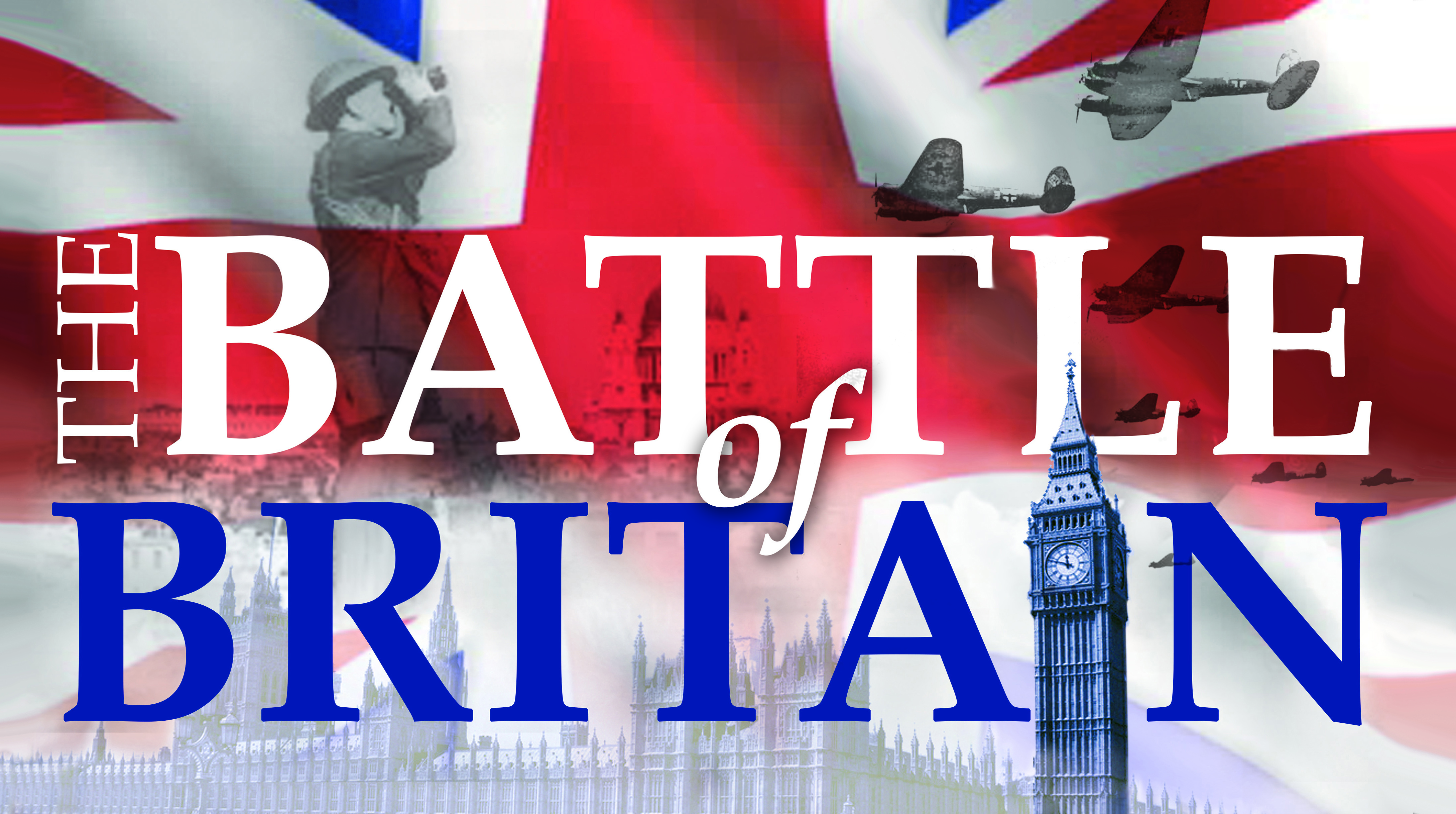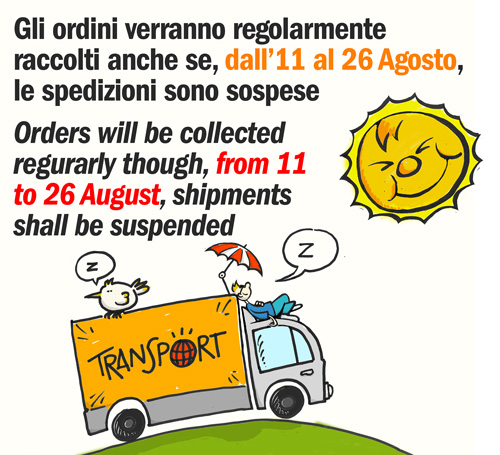ITALERI NEWS
FOCUS ON
30 November 2020
THE BATTLE OF BRITAIN

80 years after the days of the Battle of Britain, Italeri has developed a very special line of dedicated scale models to remember the famous historical event of the WWII. We have selected aircrafts used by the air forces during the Battle of Britain, presented now in special edition boxes.
Hurricane Mk. I 1:48 scale

Historical Profile
The Hawker Hurricane has been the most widely used fighter by the British Royal Air Force at the beginning of World War II. The Hurricane was powered by a Rolls-Royce Merlin 12-cylinders, liquid-cooled, with more than 1,000 HP that could lead to a speed above 500 km/h. The eight 7.7 mm Browning machine guns, which equipped it , guaranteed a good firepower. Although it was slower and more antiquated, for aerodynamic design, then the famous "colleague" with whom it shared the operational engagement during the Battle of Britain, however, was more robust, cheaper and easier to maintain and repair. He has contributed significantly to the victory of the RAF during the Battle of Britain, but during the war, it has gradually given the role of front-line fighter to the more modern Spitfire.
Heinkel He-111H 1:72 scale

Historical Profile
The medium bomber Heinkel He-111 formed the backbone of the Luftwaffe bomber squadrons during the early stages of the Second World War. It was characterized by the adoption of two engines, like many other aircraft with similar features of the time, but also by the introduction of innovative solutions such as the all-metal frames. Thanks to its two Jumo 211 engines, it was able to reach the maximum speed of 440 km / h and it could load up to 2,000 kg of bombs in the internal loading bay. Easy to identify due to the distinctive fully glazed nose, the wing and rudders profiles, the He-111 was widely used by Luftwaffe during the Battle of Britain in 1940. During the years it was constantly improved and upgraded but became obsolete during the latter part of the war.
Junkers Ju-87B Stuka 1:48 scale

Historical Profile
The Junkers Ju 87 Stuka was a two-seat dive-bomber/ground-attack aircraft. The Stuka first flew in 1935 and made its combat debut in 1936 as part of the Condor Legion during the Spanish Civil War . The aircraft was easily recognizable by its inverted gull wings and fixed landing gears. The Stuka's design included several innovative features, including automatic pull-up dive brakes under both wings to ensure that the plane recovered from its attack dive even if the pilot blacked out from the acceleration. It became soon the icon of the German “Blitzkrieg” during the first stages of the Second World War providing the air support to the Wehrmacht Panzer Divisions. It was used by Luftwaffe during the Battle of Britain where it shown its weaknesses compared to the faster and well-armed modern fighters as Hurricane and Spitfire.
Fiat CR-42 Falco 1:72 scale

Fiat CR-42 Falco 1:48 scale

Historical Profile
Starting from the C.R. 32 "Freccia" success proved by a great reliability and operational efficiency during the Spanish Civil War, the Italian manufacturer Fiat developed, in the late ‘30s, the new C.R. 42 "Falco". The new biplane single-seat fighter had - as its predecessor - the fixed landing gear and the open cabin but was equipped with important innovations such as the alloy and steel frame covered by canvass and metal panelling. Thanks to Its supercharged air-cooled Fiat A.74 radial engine the Fiat C.R. 42 was able to reach 400 Km / h. It had an extraordinary manoeuvrability, much appreciated by the Italian pilots, but suffered the "biplane" configuration limits. It was able to successful engage the Gloster Gladiators but it was soon outclassed by faster and heavily armed monoplanes as the Hawker Hurricane and the Supermarine Spitfire. Several Fiat C.R. 42, together with G.50 fighters and BR.20, CANT Z 1007 bombers has been used by the Italian Regia Aeronautica during the Battle of Britain within the “Corpo Aereo Italiano”.
Opel Blitz Tankwagen Kfz.385 1:48 scale

Historical Profile
The Opel Blitz was the main truck used by German forces during the Second World War. It was deployed extensively on all fronts in huge numbers, and was consequently considered to be the “working mule” of the Wehrmacht. Thanks to the sturdy frame, the robust system of rigid axles with leaf springs and the twin-wheels on the back, the Opel Blitz was able to carry a payload of over 3 tons. The 3,600 cc. engine was easy to maintain and provided 75 hp. Thanks to its great flexibility it was the development platform for several special outfits and versions as the Kfz. 385 “Tankwagen” used as most common refilling truck by German Luftwaffe. Thanks to the good off the road characteristics, the vehicle was also able to operate on emergency landing fields without pitch which, during conflict, characterized the air bases in Africa and in Russia. The vehicle was equipped with rear fuel tank with the relative pumping system, a simplified cabin with fabric roof and silencer with exhaust system, repositioned to allow the safe refilling of airplanes.
Fiat BR-20 Cicogna 1:72 scale

Historical Profile
The BR 20 "Cicogna" low wing medium bomber was developed by the Italian aircraft manufacturer Fiat during the 1930’s. It entered service in 1936 and was characterized by its metal frame and retractable landing gear. Modern and fast for the period, it was deployed by the “Aviazione Legionaria” and had its baptism of fire in 1937 during the Spanish Civil War. In September 1940, the “Corpo Aereo Italiano”, consisting of the 13th and 43rd “Stormo da Bombardamento” were similarly equipped with the BR-20. The “Stormi” were stationed in Belgium and supported the Luftwaffe during the Battle of Britain. Despite operational comparisons with modern R.A.F. fighters that exposed the BR-20’s limits, it was used for the duration of WW2 on various fronts by several Regia Aeronautica bomber squadrons.

